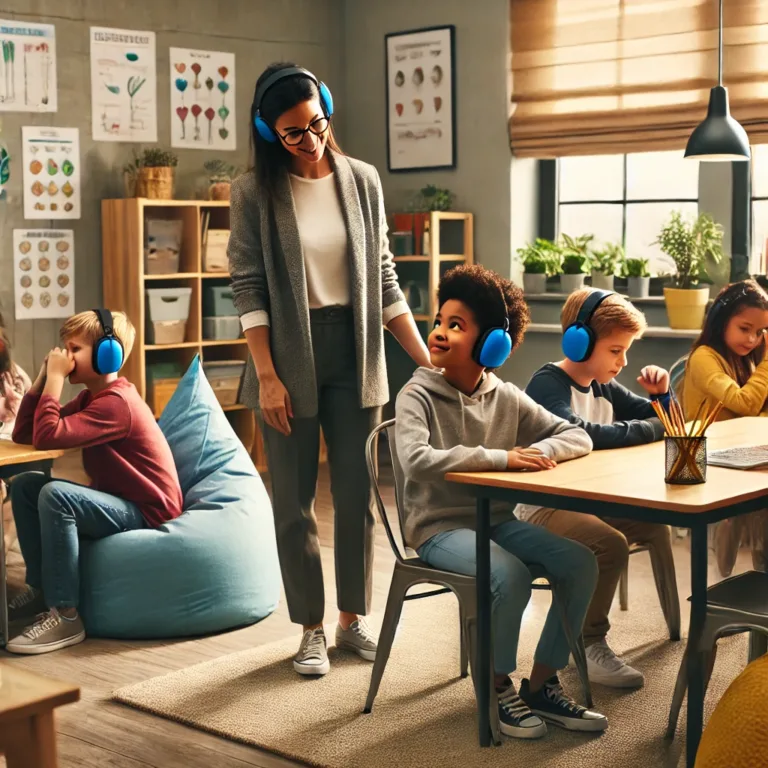No products in the cart.
Navigating the Digital Dilemma: Children, Adolescents, and Screen Time
In our digital age, the impact of screen time on children and adolescents has become a pivotal concern for parents, educators, and healthcare professionals alike. The proliferation of digital devices has transformed the landscape of childhood and adolescence, offering both opportunities for learning and challenges for mental health and development.
The Double-Edged Sword of Digital Media
Digital media, encompassing everything from smartphones and tablets to social media platforms and video games, has become an integral part of daily life for today’s youth. Research indicates that digital devices can significantly interfere with various aspects of well-being, including sleep, creativity, and social interactions. Pediatrician Michael Rich emphasizes that the quality of screen time, rather than the quantity, plays a crucial role in influencing the developing brain. Activities that provide “impoverished” stimulation, as compared to real-life experiences, can adversely affect brain development. Rich advocates for a balanced digital diet that includes offline experiences and opportunities for children to experience boredom, a state in which creativity and imagination flourish.
Social Media: A Platform for Connection and Isolation
Social media can serve as a powerful tool for connection, offering children and adolescents access to communities that share their identities, interests, and challenges. It has been shown to support the mental health and well-being of marginalized youth by providing spaces for peer connection, identity exploration, and social support. However, excessive use of social media has been linked to increased risks of depression and anxiety. A study found that adolescents spending more than three hours per day on social media were at double the risk of experiencing poor mental health outcomes. The implications of such findings are particularly concerning given the vulnerable stage of brain development during childhood and adolescence.
The Role of Parents and Educators
As digital media becomes more embedded in the fabric of daily life, the role of parents and educators in navigating its use becomes increasingly important. Setting limits on screen time and encouraging a healthy balance of online and offline activities are essential steps in mitigating potential negative impacts. The American Academy of Pediatrics underscores the need for a personalized Family Media Use Plan that outlines appropriate balances and boundaries, promoting healthy habits from an early age.
Conclusion
The conversation around children, adolescents, and digital media is complex and multifaceted. While digital technologies offer unparalleled opportunities for learning and connection, they also pose significant challenges to mental health and development. By fostering open discussions about digital media use, encouraging balanced digital diets, and supporting children in navigating the digital world, we can help ensure that the impact of screen time is a positive force in their lives.
As the landscape of digital media continues to evolve, ongoing research and dialogue will be crucial in understanding and addressing its impact on the younger generation.
Sources:
https://publications.aap.org/pediatrics/article/138/5/e20162593/60349/Children-and-Adolescents-and-Digital-Media
https://publications.aap.org/pediatrics/article/140/Supplement_2/S76/34184/Digital-Media-Anxiety-and-Depression-in-Children
https://www.ncbi.nlm.nih.gov/books/NBK594763/



